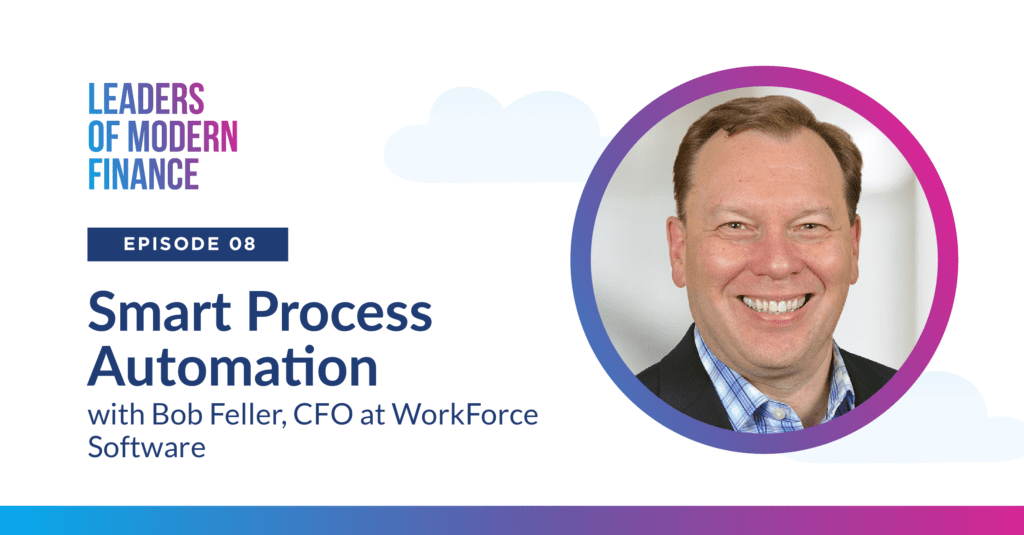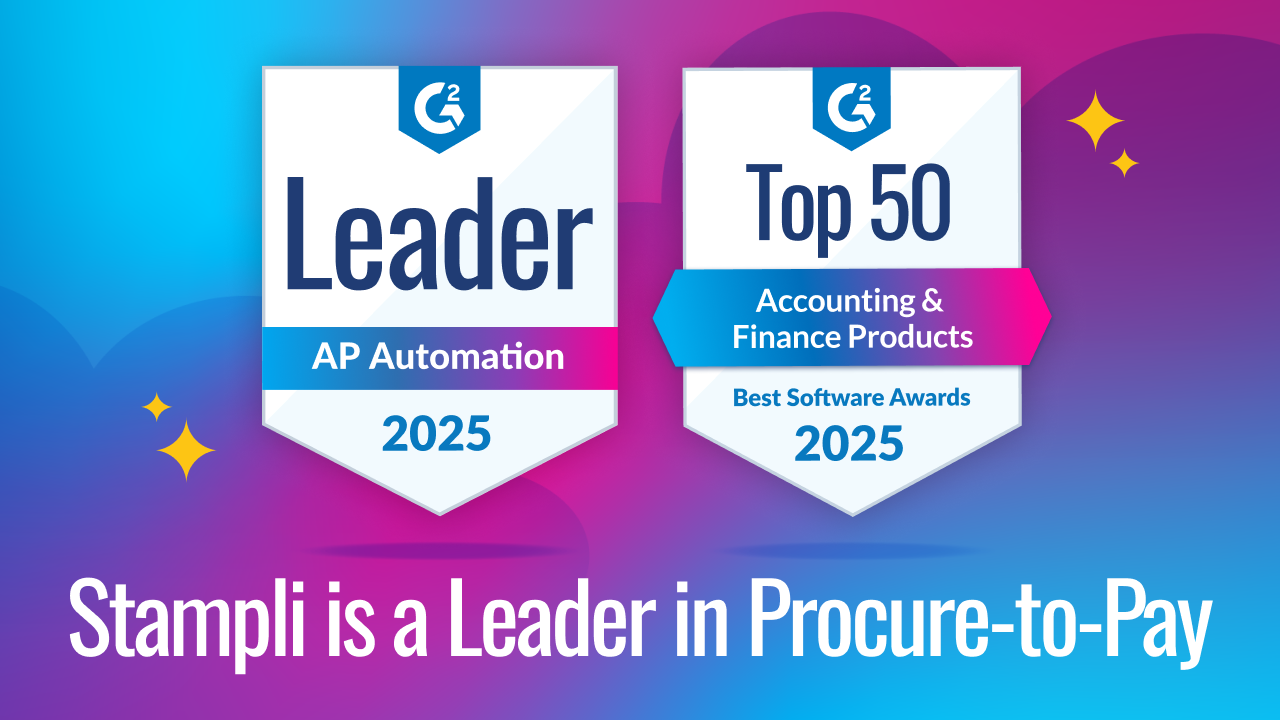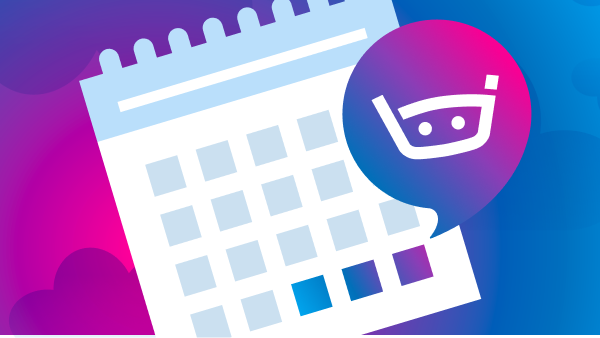Leaders of Modern Finance Ep. 8 – Smart Process Automation ft. Bob Feller

On this episode of the Leaders of Modern Finance podcast, host Ben Murray of The SaaS CFO welcomes Bob Feller, Chief Financial Officer at WorkForce Software, a global provider of workforce management solutions with integrated employee experience capabilities.
WorkForce Software is a SaaS offering that automates data collection and processing that falls through the cracks between payroll and HR, including time, absence, scheduling, job scheduling, and employee experience.
Big Eight Beginnings
Bob graduated from the University of Michigan and went into public accounting, mainly because it was a good-paying job at the time. He ended up working at one of the Big Eight accounting firms of the time, Arthur Andersen, which is now Accenture. He did a stint with United Technologies, then went back to graduate school.
The time was the mid-90s, and the internet was starting to change everyone’s daily life. Bob knew that San Francisco and Silicon Valley were where he wanted to be. After working at a couple of large companies, he found himself in the world of startups, which is where he found a home.
Bob worked at several early stage companies, and he was fortunate enough to be able to ride the wave of one company, Salesforce, from early stage through an IPO. At that point, with all that varied experience, he knew he was ready for the role of CFO, and he has been a CFO since 2006.
20-Year-Old Startup
It is critical for C-level executives to understand that the stage a company is at makes a big difference to all aspects of how the company should be run, from hiring practices to process management in the finance department. WorkForce Software has been around for over 20 years, but Bob and his team treat it like a late stage startup.
The company was founder-led and bootstrapped for the first fifteen years, so there were never any big funding rounds that would be typical in a Silicon Valley startup. The founder recently sold to a major VC firm, Insight Partners, which makes the late-stage startup attitude appropriate.
The biggest change Bob has implemented since he came on board is to move the finance and accounting departments from being very transaction processing oriented into more of a business partner role. It is important to fill the role of support staff, but Bob has learned that getting as many departments as possible to think like business partners is vital to sustaining an aggressive growth trajectory.
Bob wants his department to accelerate the growth of the business, not be a roadblock to progress, which tends to happen when the department is purely in an admin role. By creating a finance business partner group within the company, his team works with the whole organization, treating the business as a customer. Providing great customer service becomes the focus—which is necessary now that they are owned by a private equity firm.
Global Growth
WorkForce Software has become a truly global company, with over $100 million in annual recurring revenue. It has products installed in 94 countries and 1,100 employees and contractors spread across the world. In addition to its headquarters in Michigan, it has two regional headquarters, one in the UK and one in Australia.
Bob keeps his team lean. For example, there are five or six members of the cash operation team, which is responsible for things like keeping the transactions, accounts receivables, billing collections, payroll, and commissions. There are three members of the CPA team who report to the controller. Internationally, there are five in the UK and four in Sydney.
By keeping the team lean, everyone has to be prepared to wear many hats, no matter their location. And the global growth continues: They recently acquired a Canadian company with a strong general accountant to add a Canadian presence to the team.
The Tech Stack
Bob has lived through the transition from running the finance and accounting on enterprise software housed on company servers, to today’s SaaS model of running everything in the cloud. It is easy to add various add-ons and plug-ins in a SaaS environment, but Bob makes sure that he always has one system that is a source of truth, and all the other software runs around that.
Many times finance professionals will try to improve workflows by simply buying a new piece of software. Bob has found over the years that sometimes making a process change and having someone continue to work on that process can be more efficient and cost effective. As he says, you can’t automate everything, and tech budgets are not unlimited.
Tracking and Reporting
The CFO and their team have to track and report on all things financial, but Bob’s experience in the early days of Salesforce is that the finance department can and should track as much data as possible. The department is the glue that keeps the entire organization together, and it has access to most, if not all, of the critical company data.
When the finance team collects data like sales efficiency, data marketing efficiency, uptime, and renewals, it can then act as the business partner it wants to be, and that data can be used to inform crucial business decisions.
Forecasting
Collecting all those metrics doesn’t just go into reporting, those numbers are also vital for modeling and forecasting. As a company grows and there are investors and board members to talk to about budgets and forecasting, strategic planning and forecasting become a critical function of the finance team and the CFO.
Bob is the first to admit that the answers you come up with in a three-year or five-year plan are always going to be wrong. However, this reality doesn’t make those exercises any less important. Development cycles take time, and you have to have some idea of what the budget will look like three years down the road.
Just because you have to change the plan when the actual metrics come in, doesn’t mean you don’t make the plan. The business needs a financial roadmap in order to properly function and grow. Stakeholders need to be able to see a plan in order to be fully invested in what they are doing.
Bob’s highest priority when he comes into an organization is to build a cohesive leadership team of the best talent he can find. That team needs complete trust in each other so as to all be pulling the rope in the same direction. A solid roadmap of where the company is, and where the company wants to be in 18 months or five years, is important to attract and retain the right people.
The team is everything.
This episode is brought to you by Stampli. The Most Powerful Way to Process & Pay Invoices. Stampli is the only AP Automation software that centers communications on top of the invoice so that accounts payable collaborates better with approvers, vendors, and anyone involved with purchases to quickly resolve issues and questions, resulting in 5x faster approvals.
Want to check out more episodes? Follow our podcast on YouTube, Apple Podcast, or Spotify!




